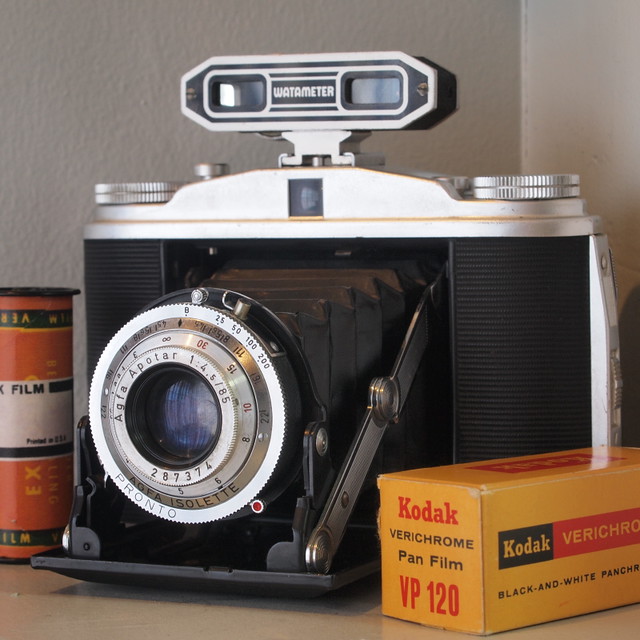Non-Verto woes
After studying the Haynes manual carefully, I enlisted the help of Gilbert, an ace Japanese car mechanic, for this operation. He already assisted me in the past - replacement of the steering rack and ball joints.
Front sub frame supported by jack stands + a trolley jack under the transmission, the Mini is prepared for a full clutch overhaul.
 |
| Filthy flywheel cover - mixture of clutch lining dust + motor oil |
 |
| Flywheel + clutch disc drenched in oil |
 |
| the culprit |
 |
| New diaphragm, release bearing, clutch disc + oil seal |
 |
| this oil seal prevents motor oil from the crankcase from contaminating the clutch/flywheel |
 |
| new clutch disc installed |
 |
| Flywheel + new diaphragm |
With the flywheel cover and starter re installed it was time for a test drive. No more clutch slip and significant improvement in drive ability, but...
...there is significant wear on the ball (red*) at the end of the clutch release lever and socket (red*) of the release bearing plunger which prevent proper adjustment of the throw out nuts (2). I had to keep the 1/4" thick bolt between the slave piston and clutch arm rod (blue**) to get clutch action. To get it back to factory specs, I need a new clutch arm lever + release bearing plunger.
Just like music performance, I always try to be a perfectionist so this has to be sorted out properly ;)
Just like music performance, I always try to be a perfectionist so this has to be sorted out properly ;)























